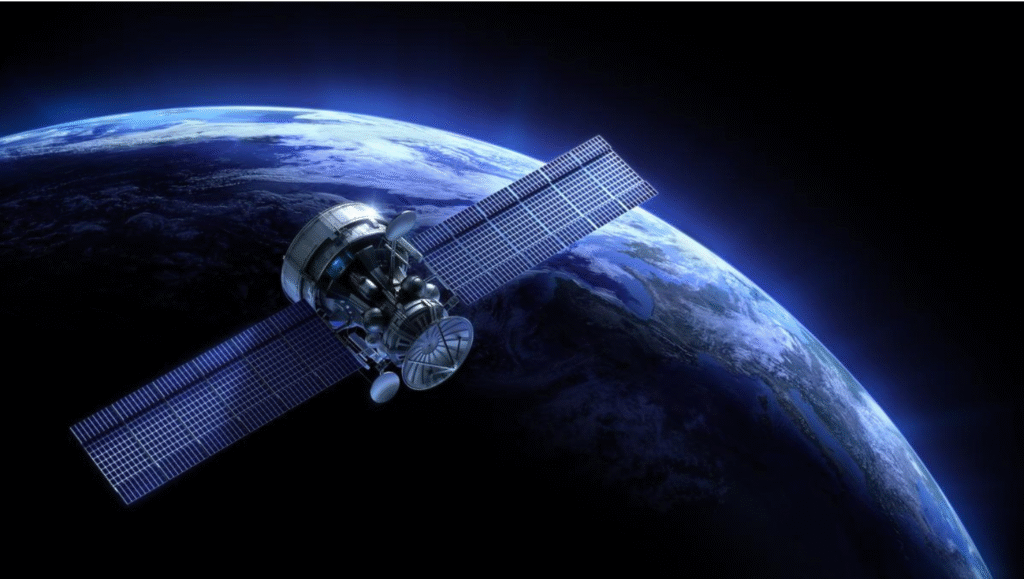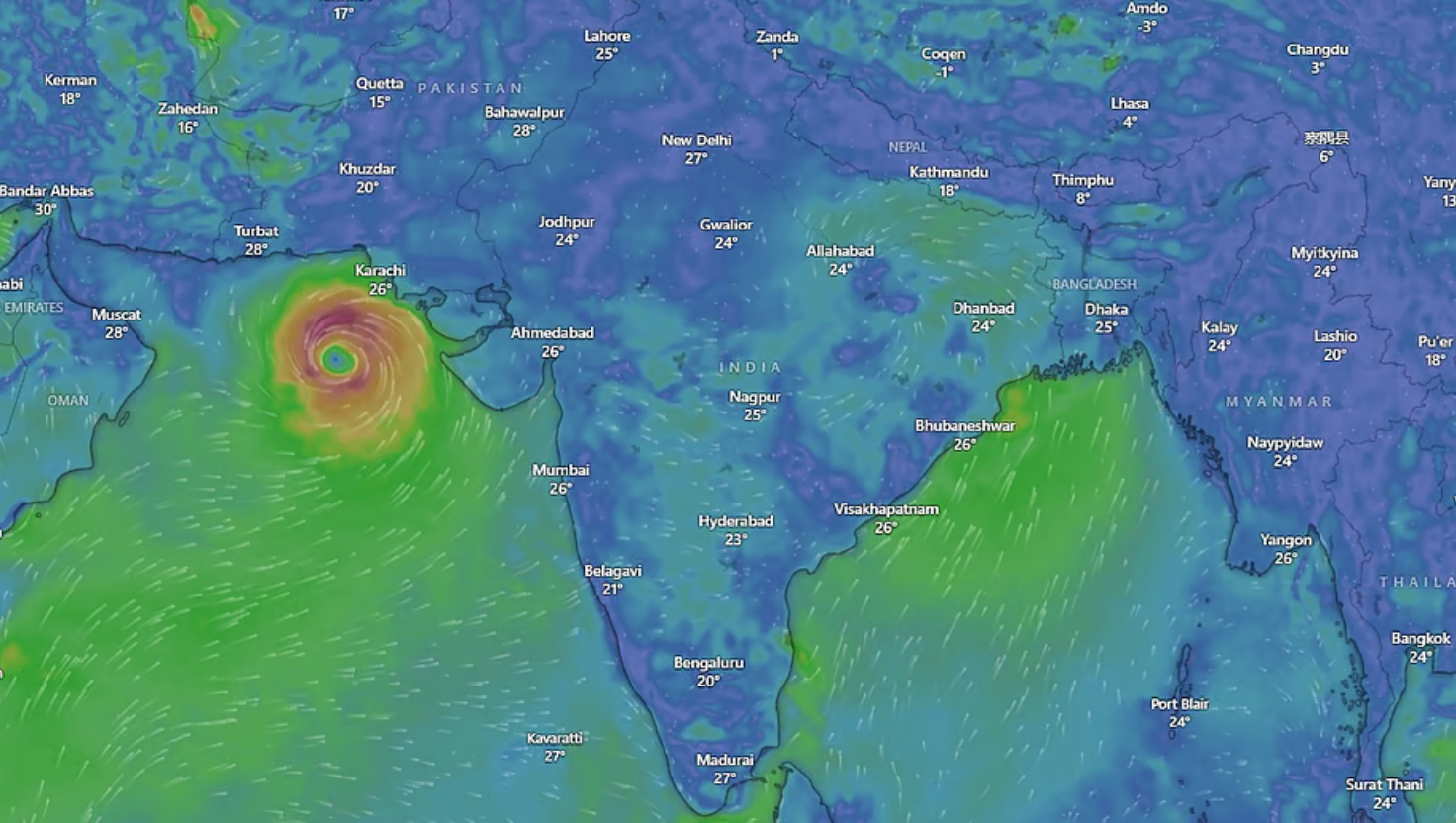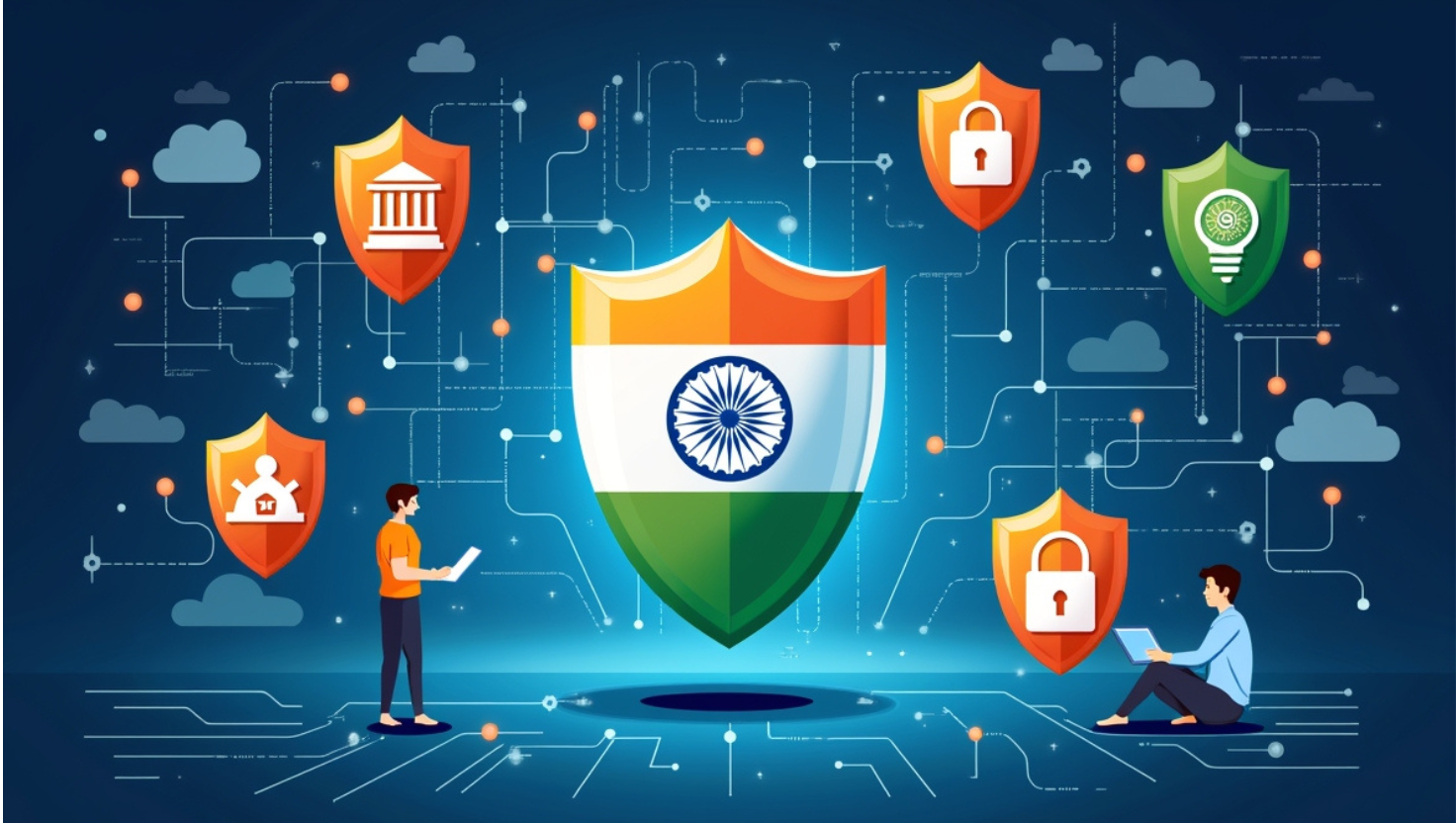Protecting India’s Satellites
Syllabus: Science & Technology (UPSC GS III)
Source: TH
Context
India has approved a ₹27,000-crore programme to launch 52 surveillance satellites from 2026.
Reports suggest India is also considering “bodyguard satellites” to protect its space assets after near-miss incidents.
Why Protect Satellites?
- Vital Role
- Satellites support communication, navigation (NavIC), weather forecasts, internet, defence, and surveillance, making them critical for national security and the economy.
- Multiple Threats
- Risks include space debris, collisions, hostile manoeuvres, jamming, spoofing, cyber attacks, and solar storms that can disrupt or destroy satellites.
- High Costs
- Launching and maintaining satellites involves billions of rupees; protection ensures return on investment and strategic autonomy.
Initiatives Taken
- IS4OM Centre (Bengaluru): Tracks satellites, issues collision alerts, and guides manoeuvres.
- Project NETRA: Expands space surveillance using radars and telescopes for indigenous situational awareness.
- Aditya-L1 Mission: Observes the sun to forecast solar storms that can damage satellites.
- CERT-In Guidelines (2025): Enforce strong encryption, network segmentation, and cyber hygiene for satellite security.
- IN-SPACe Licensing: Ensures private firms maintain safety standards.
- Debris-Free Space Mission (2030): Commitment to avoid creating orbital debris and adopt sustainable space practices.
Bodyguard Satellites
Purpose: Special satellites that escort and shield high-value Indian satellites from threats.
- Monitor Close Approaches: Detect debris or foreign satellites approaching dangerously.
- Warn Against Hostile Moves: Identify suspicious shadowing or proximity operations.
- Physical Intervention: Reposition themselves or protected satellites to prevent collisions or jamming.
- Global Alignment: Follows trends of other major space powers developing proximity and protection satellites.
Challenges
- Technological: Requires advanced sensors, AI-based autonomy, and precision manoeuvres.
- Financial: High costs demand sustained budget allocation.
- Cybersecurity: Ground stations remain vulnerable to hacking or spoofing.
- Geopolitical: Defensive satellites may trigger mistrust or arms race.
- Sustainability: Protection must not worsen space debris or overcrowding.
Way Ahead
- Indigenous SSA Tech: Develop LiDAR-based and radar satellites to track debris and threats.
- Anti-Jamming Systems: Encrypted signals, hardened waveforms, and autonomous avoidance tech.
- Public–Private Partnerships: Encourage innovation from start-ups and private industry.
- Global Engagement: Participate in COPUOS, IADC, and multilateral forums for responsible space conduct.
- Defensive-First Strategy: Focus on non-weaponised, sustainable protection measures.
Conclusion
Protecting satellites is now a strategic imperative for India’s security and economy. A layered approach combining technology, governance, and diplomacy can secure orbital assets while ensuring peaceful and sustainable use of space.











